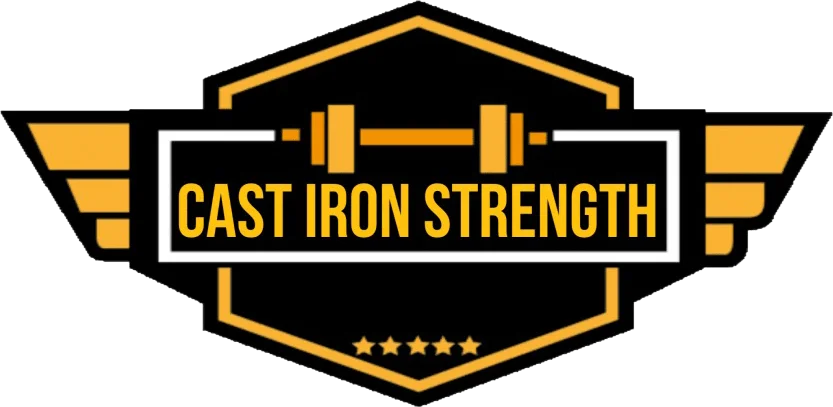TL;DR –
- hang clean can be learned and can improve jump performance but 4 people isn’t enough people for a study.
- make sure you have good hip and trunk endurance before you begin to train with deadlifts.
- The debate continues between split and total body between people who aren’t elite bodybuilders (they all use split routines).
- kettlebell training is good for aerobic capacity especially when they have more participants in their group.
- jumps are surprisingly good indicators of competitive ability in the 100m sprint.
Learning the hang power clean.
Willam Haug et al looked at the effect of learning the hang power clean on the technical proficiency and jump performance over a 24 week period. 4 Elite athletes took part in 2x 20-30 minute teaching sessions per week over the 24 week period. The researchers showed a 14-35% increase in squat jump performance and a 14-20% increase in countermovement jump performance over the period of the study. They showed significant increases in jump performance right from week 4 of the study.
All athletes showed increased proficiency in the hang power clean over the study which is positive. Although it is nice to see positive research for cleans because it is a sweet exercise I’m not sure we can read to much into a study of 4 athletes.
TL;DR – hang clean can be learned and can improve jump performance but 4 people isn’t enough people for a study.
Treating low back pain with back snaps.
Lars Berglund et al looked at the effects of 8 weeks of deadlift training in the rehabilitation of 35 patients suffering mechanical low back pain. Training was supervised by a physical therapist with powerlifting experience. Before taking part in the training participants took baseline measurements of pain related fear of movement, hip and trunk muscular endurance and lumbopelvic movement control. The patients who got the best results from the training had the best hip and trunk endurance. The next best predictor was pain intensity. If you are going to include deadlift in your rehab programme or you are getting back into deadlift then make sure to perform plenty of lower level trunk and hip work before you even pick up a bar for the best results.
TL;DR – make sure you have good hip and trunk endurance before you begin to train with deadlifts.
Influence of training frequency on the resistance training results of well trained men.
Brad Schoenfeld et al looked at the effect of a total body routine (training muscle parts 2-3x per week with lesser sessional volume) and a split routine (training 1 muscle group per session 1x per week with a large sessional volume). Subjects trained for 12 weeks in each condition strength in bench press, squat and muscular thickness of the forearms and quads were looked at. The only significant findings where total body training showed thicker forearms. Closer examination of the data will also show a greater total volume for the total body training group. Every bodybuilder who has ever had his hands on the MR. Olympia trophy has used a split approach… so you know take from that what you want.
TL;DR – The debate continues between split and total body between people who aren’t elite bodybuilders (they all use split routines).
Kettlebell training and it’s effect of aerobic capacity
Plato Falatic et al looked at the effect of 4 weeks of circuit training, kettlebell snatch and control group on the vo2max of NSCA 1 female soccer players. Circuit training (n=8) and kettlebell group (n=9) trained 3x per week using 15 seconds of work and 15 seconds of rest going for 20 minutes. Control group naturally did nothing of the sort. At the end of the 4 weeks only the kettlebell group showed a significant increase in vo2max equating to a 6% increase in performance. Kettlebell training could be a good aerobic training addition to an athlete’s or your own training. As a side note I always find it humorous that the experimental group always have an extra participant in these studies not that bias would ever play a factor in these things.
TL;DR – kettlebell training is good for aerobic capacity especially when they have more participants in their group.
14 elite sprinters were assessed for countermovement jump, horizontal jump, 10, 30 and 50 meter sprint times in the build up to a track and field competition. The tests where carried out up to 18 days away from the competition. Sprint tests where the weakest predictor (r=0.61-0.66) whilst jump tests where the strongest predictor (r-0.81-0.85) in eventual sprint performance in the 100m event. The authors concluded based of the safety and strength of relationship shown jump testing should be regularly incorporated into the testing of elite sprint athletes.
TL;DR – jumps are surprisingly good indicators of competitive ability in the 100m sprint.


















